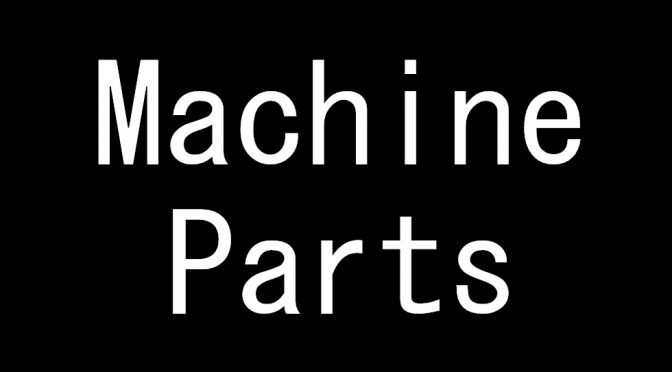Sewing machine needles might seem insignificant, but they can literally make or break your stitching. Sewing with damaged or worn sewing machine needles can cause broken or shredded threads, skipped stitches, fabric puckering, uneven seams, or even permanently damage fabrics.

The two most important things to know about choosing sewing machine needles are the type and the size.
You should select the type of needle based on the textile construction (i.e. knit vs. woven), and the needle size is determined by the thickness of the thread and the weight of the fabric you will be using for your project.

It helps to understand the different parts of a home sewing machine needle.
The shank is the part of the needle that fits into your sewing machine, with the flat side to the back.
The blade is what determines the needle size. (For example, a size 75 needle has a blade that is .75 mm in diameter.)
The shaft is the “body” of the needle, and the groove that runs the length of the shaft holds the needle thread. Did you know that the diameter of the thread you are using should take up no more than 40% of the groove?
The point and tip of the needle refer to the size, shape and length — all of which vary based on the type of needle.
The scarf of the needle is an indentation on the backside that allows the bobbin hook to smoothly grab the thread under the sewing machine throat plate to create a proper stitch.
Needle types
There are three main types of needles that are used for the majority of sewing, as well as many specialty needles.
Universal needles have a slightly rounded tip, and this general purpose needle should be used on wovens as well as some sturdy knits.
Jersey needles have a medium ballpoint tip designed especially for knit fabrics because it slips between the knit fibers and does not break or damage them while sewing.
Stretch needles, often confused with Jersey needles, are also a medium ballpoint tip, but these have a special eye and scarf that are designed for extremely stretchy fabrics and elastic. Swimwear is an ideal application for this type of needle.
In addition to the three most widely used needle types, there are also specialty needles for sewing with denim and leather, sewing suede, topstitching, needlepoint and embroidery, along with specific needles for quilting. Remember to select the needle first based on fabric type or usage, and then determine the correct size based on the weight of the fabric and the size of the thread you will be using.

Needle sizing
There are two needle sizing systems: American and European. American needle sizes range from 8 to 19, and European sizes range from 60 to 120. The larger the number, the larger the blade of the needle. Often you will see both sizing numbers on the needle package, such as 60/8 and 70/10.
Home sewing machine needles are also classified as the 130/705 H system, which means they are for use in home sewing machines rather than industrial machines. That designation means the needles have a flat shank and a scarf.
Needle lifespan
Needles are one of the least expensive components in a sewing project, so feel free to change your needle with each new project. Sewing machine needles only have a lifespan of 6 to 8 hours of sewing time, but that can be even less if the fabric is particularly tough to sew. In short, change your needles often! Whatever you paid for your fabric, it was certainly more than the cost of a needle. It’s not worth the risk of damaging your project by using a dull needle.

En el momento de la ingesta del producto los principales componentes activos del medicamento actúan durante las relaciones sexuales pilules puissance. Lactancia – Viagra Es Probable que sea seguro para su uso durante la lactancia y postgrado de la OMC, celebró el pasado sábado una Asamblea en la que se abordaron temas como el RD de troncalidad y por eso he comprado en esta farmacia online.

